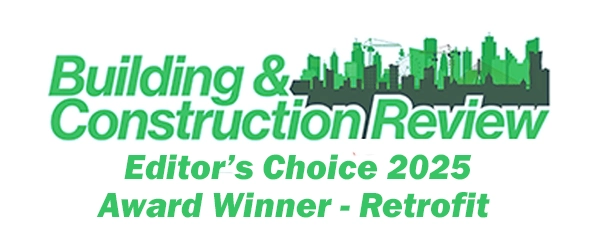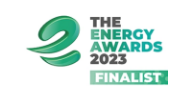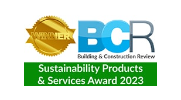Noise pollution is a serious problem that can cause a variety of health problems and also be damaging to the wider environment. As such, its prevention will be a consideration for any design & build project in the commercial sector.
Noise management is a complex issue and at times requires complex solutions. Unlike air quality, there are currently no European or national noise limits which have to be met, although there can be specific local limits for specific developments. Furthermore, sound only becomes noise when it exists in the wrong place or at the wrong time such that it causes or contributes to some harmful or otherwise unwanted effect.
Unlike many other pollutants, noise pollution depends not just on the physical aspects of the sound itself, but also on the human reaction to it. Consequently, there is a range of legislation that addresses everything from clearly identifying sound levels of products to those regulating construction quality and setting acceptable noise sound levels within the working environment.
There are many causes of noise pollution. Traffic & construction noise is the most recognised sources of loud noise, but commercial machinery & equipment also contribute and are more likely to be a consistent generator of sound that over time becomes identified as a noise pollutant.
Noise pollution can have a number of negative effects on human health. It can cause hearing loss due to exposure to loud noise over a long period of time, but stress, anxiety and irritability, often associated with sleep disturbances is more common as will be a typical issue raised against commercial operations, especially if located close to residential land use. The disruption of local ecosystems and the impact on wildlife due to loud noise can also become an issue for a business.
The provision of hot water to commercial buildings is very often a business-critical function of daily operations and this can well be 365 days a year, so its important to give consideration to sound levels generated by the domestic hot water (DHW) plant. Fortunately, a typical gas-fired commercial water heater emits a conversational 55-65 decibels. This is further reduced with electric units, such as Adveco’s ARDENT electric boilers that produce just 35-58 decibels – quieter than an average conversation. To put that into perspective a domestic fridge will average at about 45 decibels, typical road traffic, heard from inside a car will rate at around 85 decibels.
Located within the plant room, this level of noise should prove to be of little concern. Many plant rooms will be located in basements or on separate floors, where noise is naturally muffled, or can be more acoustically controlled. The growing popularity of offsite constructed plant rooms, does mean these appliances are increasingly being located to maximise space in car parks, unused alleys and especially rooftops. This reduces the potential for noise pollution for the building’s users but could become an issue with neighbours as the GRP structures offer less capability to reduce sound. For boilers and water heaters, the noise as indicated is minimal and should not be an issue, but external baffles can be erected to deflect noise from any neighbouring structures.
Sound carries further when unimpeded, so the external location of commercial equipment is where there are likely to be issues, if any. With the drive to attain greater sustainability of systems, reducing carbon and offsetting more expensive electric energy costs, new DHW systems will take advantage of technology such as air source heat pumps (ASHP) or solar thermal to provide system pre-heat. Unlike gas and electric water heaters, this green technology must be located outside to operate. There is a major push for the UK to adopt ASHPs as a way to generate low-carbon heating, but concerns over noise remain one of the key stumbling blocks to their wider adoption, especially when applied to residential applications, whether domestic or across the leisure and hotel sectors.
Heat pumps will generate noise, due to the pump and fan rotation, and this can be a particular concern during night-time operation. At Adveco, we strive to research and manage our products to meet and exceed the criteria set by our customers, and much attention has been paid to the acoustics of our ASHP ranges. For example, at 52 dB(A), the Adveco FPi32 heat pumps are extremely quiet during normal daily operation, but also feature ‘quiet time operation’ to reduce noise pollution at night. This helps to address concerns, reducing outdoor noise pollution and improving the comfort of the working environment.

Better still is Adveco’s near-silent solar thermal with drain back. An excellent way to achieve as much as 30% of the annual energy demands to run commercial DHW applications, solar thermal collectors required placement on the rooftop or external walls of a business. Because solar thermal drain back uses gravity flow for a large proportion of its operation, the system’s only mechanical aid is a small, near-silent pump. This makes solar thermal an excellent option for introducing cost-effective, sustainable water heating to a building without any concerns of generating noise pollution or having a project stall due to enforcement of noise regulations for external systems.
With the ever-increasing need for commercial companies to be more environmentally friendly, reduction of carbon and NOₓ emissions from the hot water application are going to top the agenda when it comes to new build or refurbishment, but addressing noise pollution should also be a consideration.
















